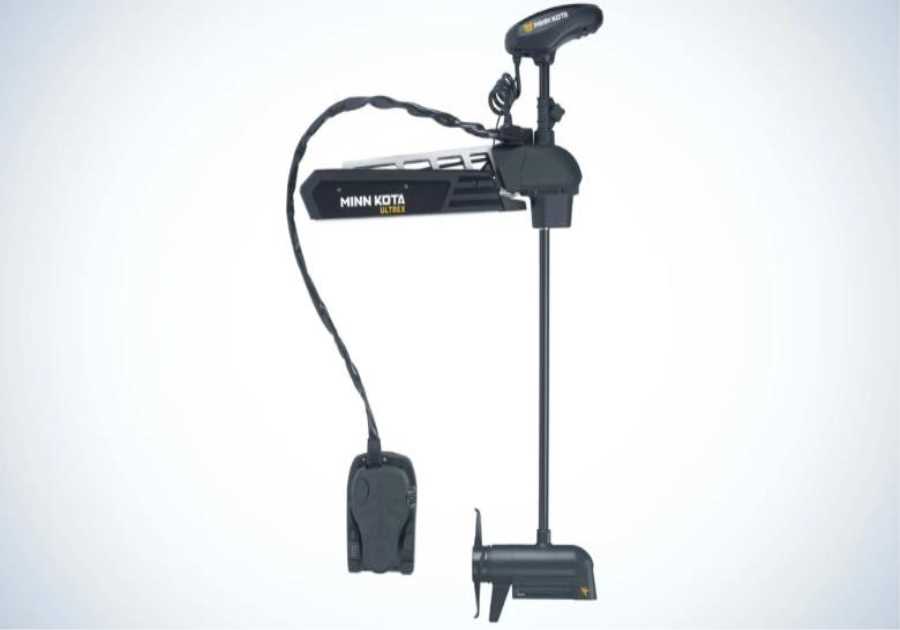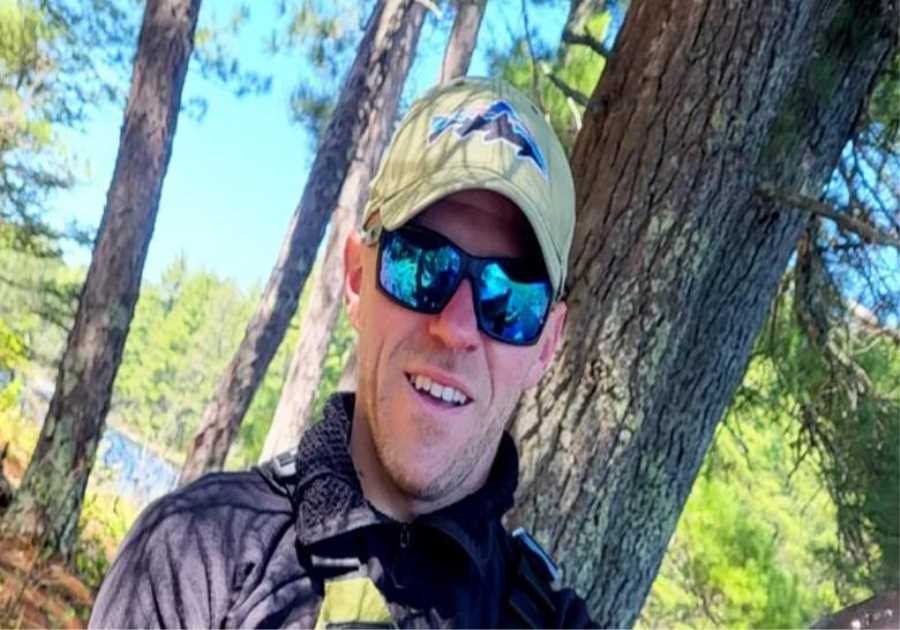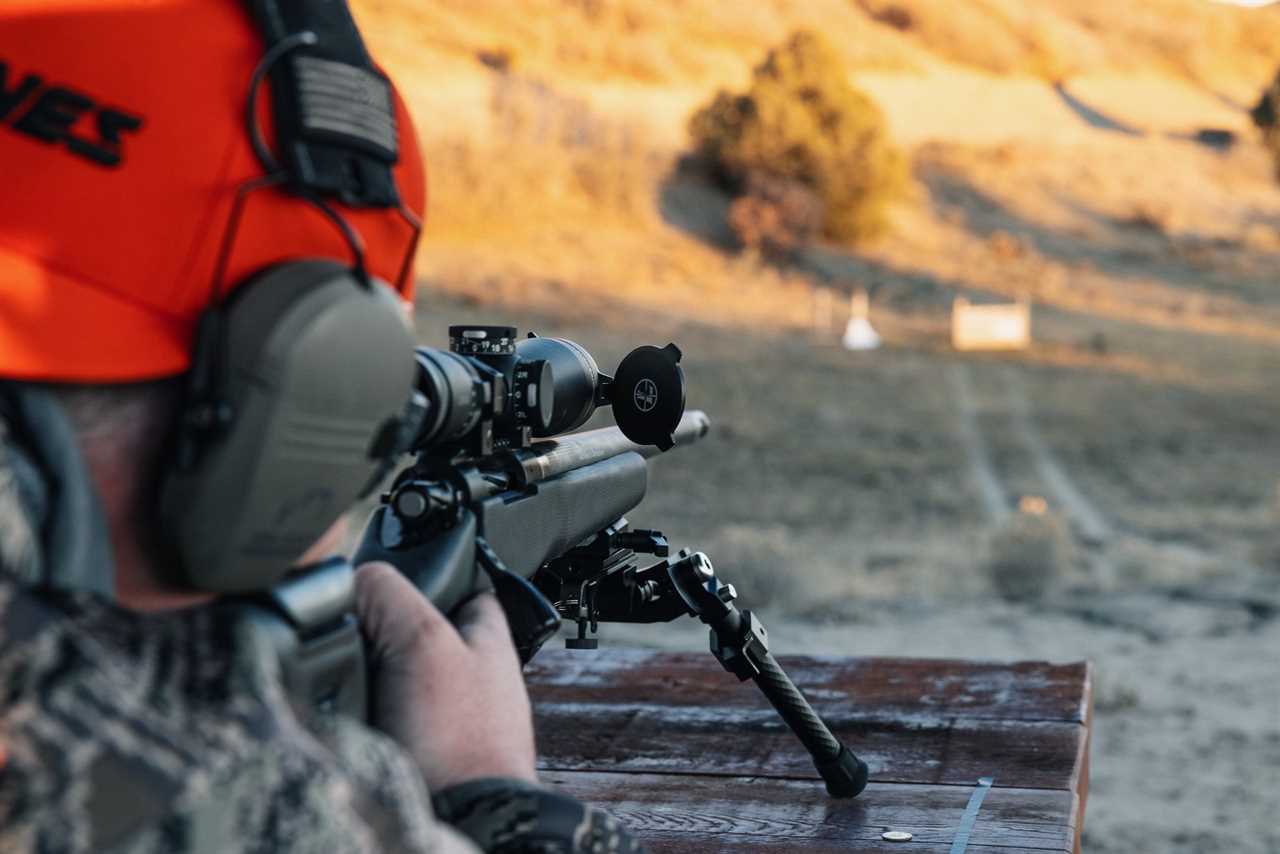
Every hunter ought to know — or learn — how to sight in a rifle. It’s a simple process technically, but sometimes it can feel like beating your head against a wall. Sighting in your rifle—adjusting the scope or sights to point where the bullet impacts at a given distance — is important for obvious and less-obvious reasons.
Our ability to make effective shots on game naturally depends on our bullets hitting where we aim, and our confidence in that plays a big part in key decision-making during a hunt. A hunter that has verified that their rifle is sighted in correctly will have more confidence when they shoot. This is not hard to do — except for sometimes it is. Maybe you make adjustments to your scope, but point of impact doesn’t change. Or maybe the point of impact changes much more drastically than you wanted. Or, worst of all, the rifle simply won’t shoot a consistent group and now you’ve got no idea how to adjust the scope. What started as a simple task has turned into an ammo-burning exercise in frustration.
If you avoid the following common mistakes and poor practices, you won’t have such a meltdown. You’ll be able to sight in your rifle more quickly and with less ammunition, which is as important as anything these days.
Poor Support and Shooting Position
Grandpa may have sighted in his deer rifle by leaning over the hood of the old Buick — his rifle resting on a rolled-up Marlboro jacket — but that’s not a recipe for precision and repeatability. Every year, my local shooting range benches are saddled by hunters resting on sleeping bags, jackets, foam mattresses, cardboard boxes, and everything else you could imagine. I’ve done it, and you can certainly sight in a rifle with those kinds of rifle supports—but it ends in excruciating frustration most of the time.
When you sight in your rifle, it establishes a baseline—and hopefully a precise one. If a shooting position is introducing instability to your shot, you will struggle to attain that solid foundation. It’s important to set yourself up for success by establishing solid rifle support and a comfortable, stable shooting position.
Ideally, you want a bench or other surface to rest on, where you can be sitting comfortably or laying in the prone position. Your rifle rest or support can be very simple and cheap, but it needs to be as stable as possible. Various Lead-Sled-type rests are highly adjustable and popular, but I prefer resting on sandbags—and there are a lot of good ones on the market. A good bipod works well too. You want solid supports under both the forend and butt of your stock. This helps you attain a rock-solid hold. A small sandbag, squeeze bag, or slider bag works great. Even a sock filled with airsoft BB’s will get the job done.
Your posture, and position should be relaxed and comfortable. If you’re straining, that tension will be put into the gun, making it more difficult to break clean, repeatable shots. Combined with a solid shooting rest, a solid shooting position will set the foundation for repeatable shots and an efficient sight in process.
Chasing Holes
You might think you’re saving ammunition and time by firing a single shot between your scope adjustments when sighting-in your rifle, but you’re not. If you’re chasing single shots around the target, you’ll usually find that you use up more ammunition getting and verifying your zero than you would if you just shot groups to begin with. Shooting single shots does not give you a precise representation of where the zero is, and it will increase the error in each adjustment.
In a perfect world, you should be able to sight in your rifle with a single shot. Shoot, make the necessary windage and elevation adjustments, and you’re sighted in. In the real world, it’s not that simple, and even if it were, you’d want to do additional shooting to verify that zero. If you approach sighting-in your rifle with some careful strategy, you’ll end up with more confidence in your zero and use less ammunition spent attaining it.
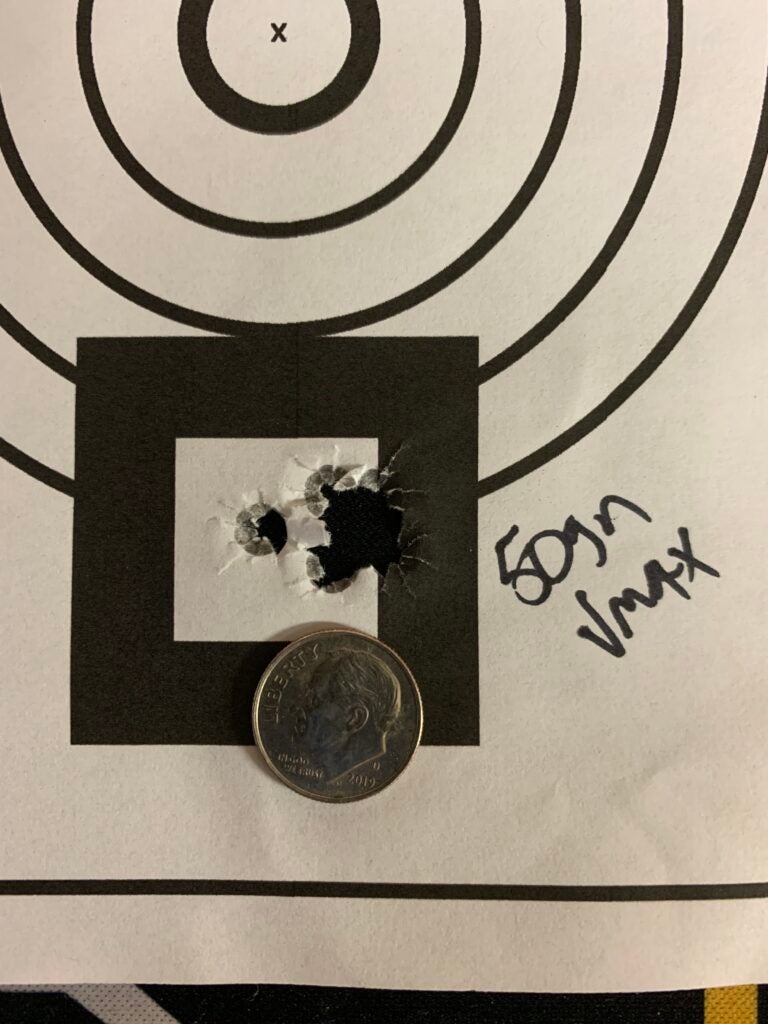
Start with a rifle that’s bore-sighted, just to make sure it’s on paper. When zeroing at 100 yards—and assuming I’m on paper—I’ll fire a group of three shots to start. While my barrel is cooling, I carefully mark the center of the group and measure the distance horizontally and vertically to where I want the impact to be. I’ll then make elevation and windage adjustments on my scope based on those measurements. Next, I’ll fire another group of three to verify my adjustments. I always make adjustments from the center of the group because this is the most accurate representation of where the rifle is zeroed—accounting for error and deviation from bullet-to-bullet. I let my barrel cool completely after each group, and if I need to fire another group and re-evaluate, I do. Finally, I’ll end up with a group that verifies my zero is where it should be.
Shooting Too Fast
Because sighting-in a rifle is a simple process in theory, we think it should go quickly. Sometimes it does, but patience is important. The more calm, calculated, and precise your shooting is, the faster you will be able to sight in your rifle.
The biggest mistake I see shooters making on a regular basis when it comes to patience is not letting their barrel fully cool between groups. I’m not immune to this. A few years ago, I brought a sheep rifle to the range to verify my zero and the accuracy of a recently-loaded batch of ammunition. My first group was just as it should be, so I shot another group—which opened up a bit. I shot another, and another, and began wondering if something was wrong. I put the rifle away and made another trip to the range, more patiently waiting for the thin barrel on that rifle to cool completely between groups. Everything was fine.
Every rifle responds to barrel heat a little differently, and when sighting-in, your best bet is to let the barrel cool completely between groups. Remember, you’re setting a baseline that you want to be confident in. If you get too impatient, you’ll end up burning through all your ammo without a lick of progress and at the very least, you’ll still have serious doubts about if your rifle is truly sighted in.
Be patient, take your time, and you’ll end up finishing the job more quickly and more efficiently. If something doesn’t seem right, stop and try to diagnose the situation. If your grouping is more erratic than normal, or your adjustments don’t seem to be showing as they should on paper, check to make sure all your scope hardware is secure and your screws are tight. Something like a loose ring will make it impossible to sight in your rifle properly.
Neglecting Your Notes
Most hunters don’t record notes on their hunting rifles—that’s for nerdy precision shooters, right? Wrong. Keeping track of every round fired through every barrel you own might not pay huge dividends for your hunting rifle, but taking some notes can save you lots of ammunition and headaches in the long run. You’ll need to sight in each time you change ammunition, and if you record your adjustments it will help you be more efficient and know your rifle better.
If you keep records—even a small notebook—on your hunting rifles, it can help you shoot better and with more confidence. You can record things like your scope settings when you get it sighted in and the ammo that you used. If you want to practice with cheaper ammo, or need to use different ammo (because that’s all you can find) record the difference in point-of-impact, and any scope adjustments you have to make with the new ammo. It’s a common mistake to think that different loads will impact in the same place with any sort of reliability. There will almost always be some difference. Don’t remember which ammunition you’re sighted in for? Check your notebook, look at your scope settings, and you’ll know.
Even if you don’t deviate on ammunition, other things are valuable to record as well. Record the difference between your cold-bore zero and subsequent shots each time you shoot. Your record keeping will tell you exactly what to expect on your first shot and follow-up shots. That might even differ between loads, and you won’t know it unless you record it.
Finally, record how your zero changes — or if it does — when you clean your rifle, and how many fouling rounds it takes to get back to the established zero. Some rifles don’t show much point-of-impact shift, but others do. If you shoot a lot, it’s not unheard of for your point-of-impact to shift slightly throughout the life of your barrel, and it’s easier to track if you keep notes.
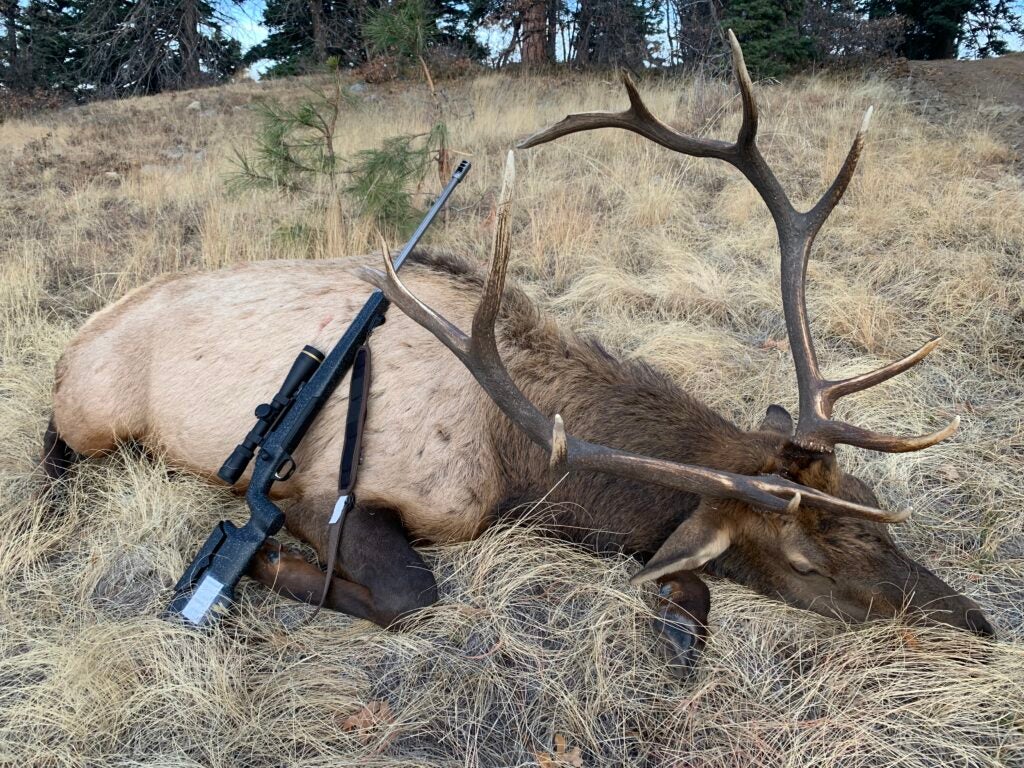
Sighting-in can be a simple, enjoyable experience that gives you confidence when you go into the field, as long as you don’t cut corners. Zeroing your new deer rifle, or checking your trusted one isn’t rocket science, but it’s important. Treating the process with care and patience will save you time and money, and you won’t have to wonder where that bullet will hit when you pull the trigger.
The post Sight In Snafus: 4 Things Hunters Screw Up When Sighting In Their Rifles appeared first on Outdoor Life.
-------------------------------------
By: Tyler Freel
Title: Sight In Snafus: 4 Things Hunters Screw Up When Sighting In Their Rifles
Sourced From: www.outdoorlife.com/guns/sight-in-snafus/
Published Date: Fri, 04 Mar 2022 18:54:13 +0000
Did you miss our previous article...
https://playeverysport.com/recreational-sports/49-kilometers-solo-tadej-pogaar-wins-strade-bianche
.png)

